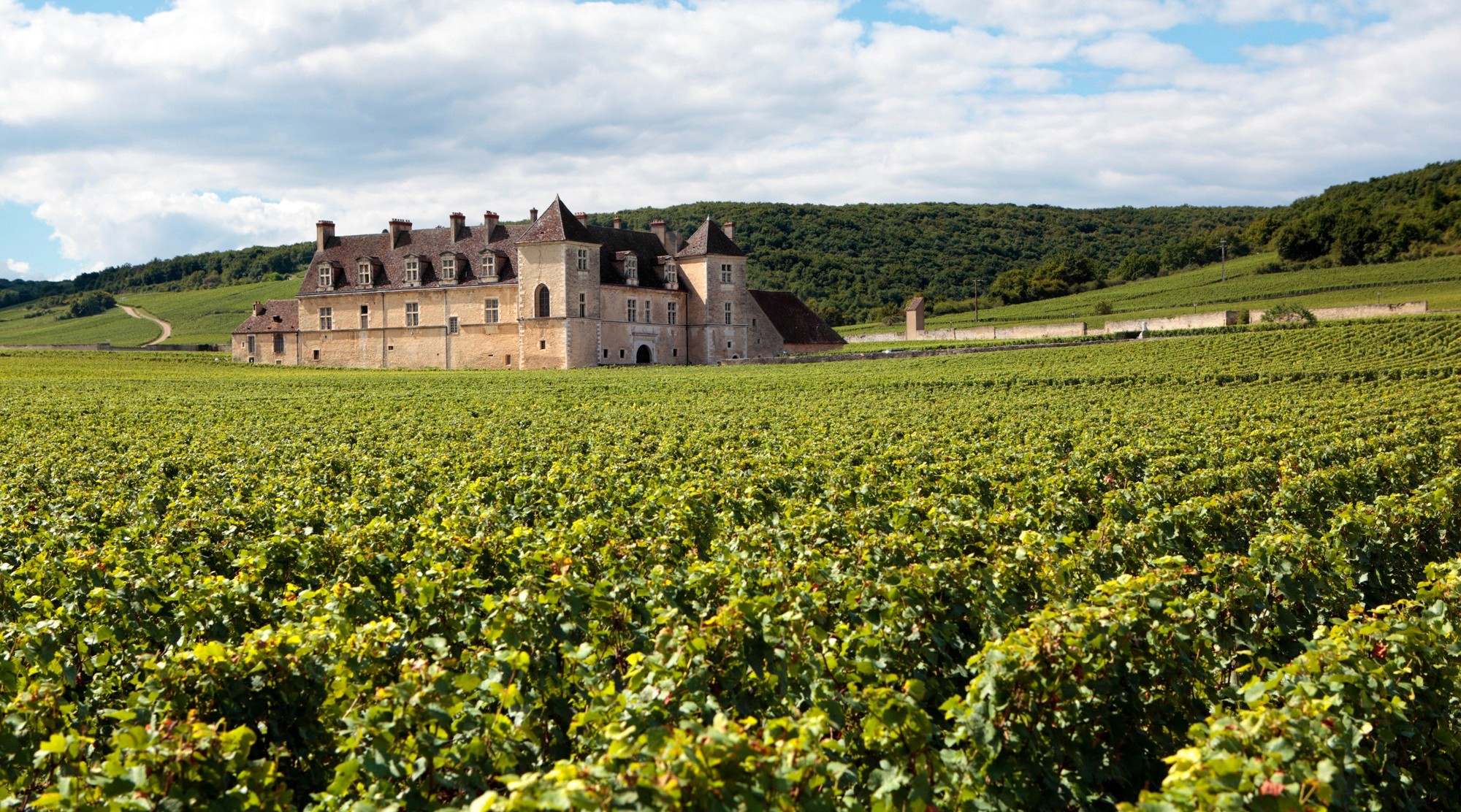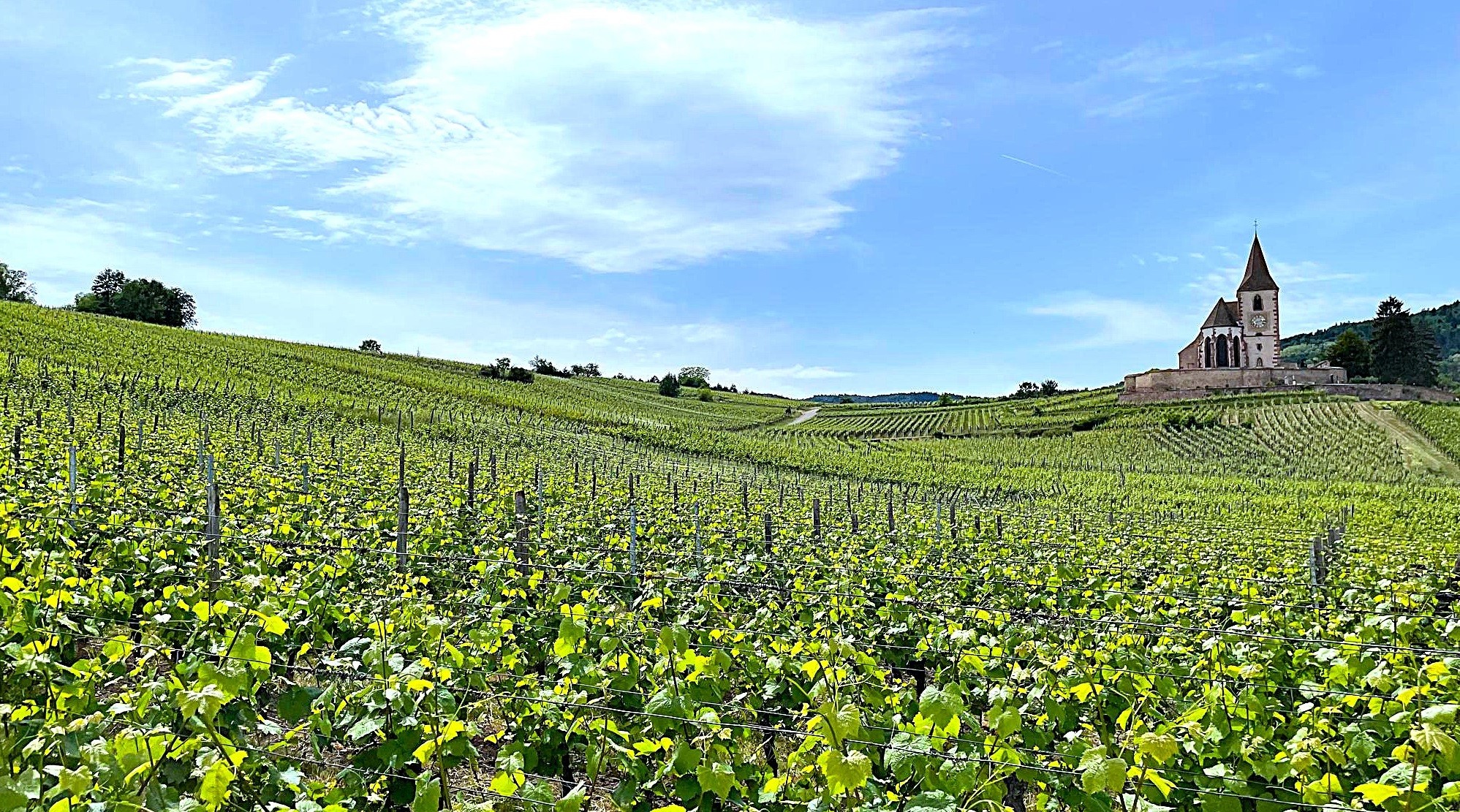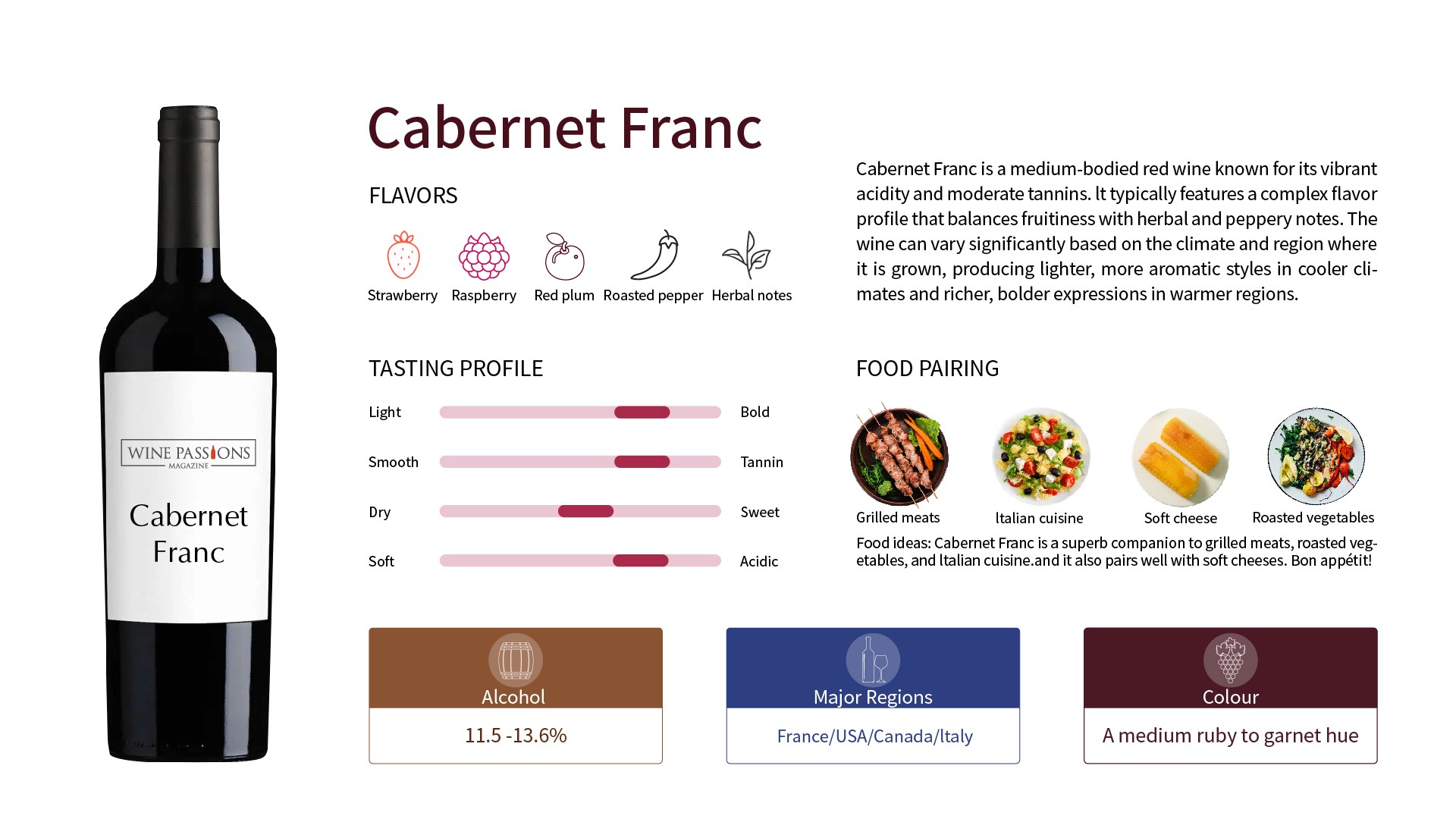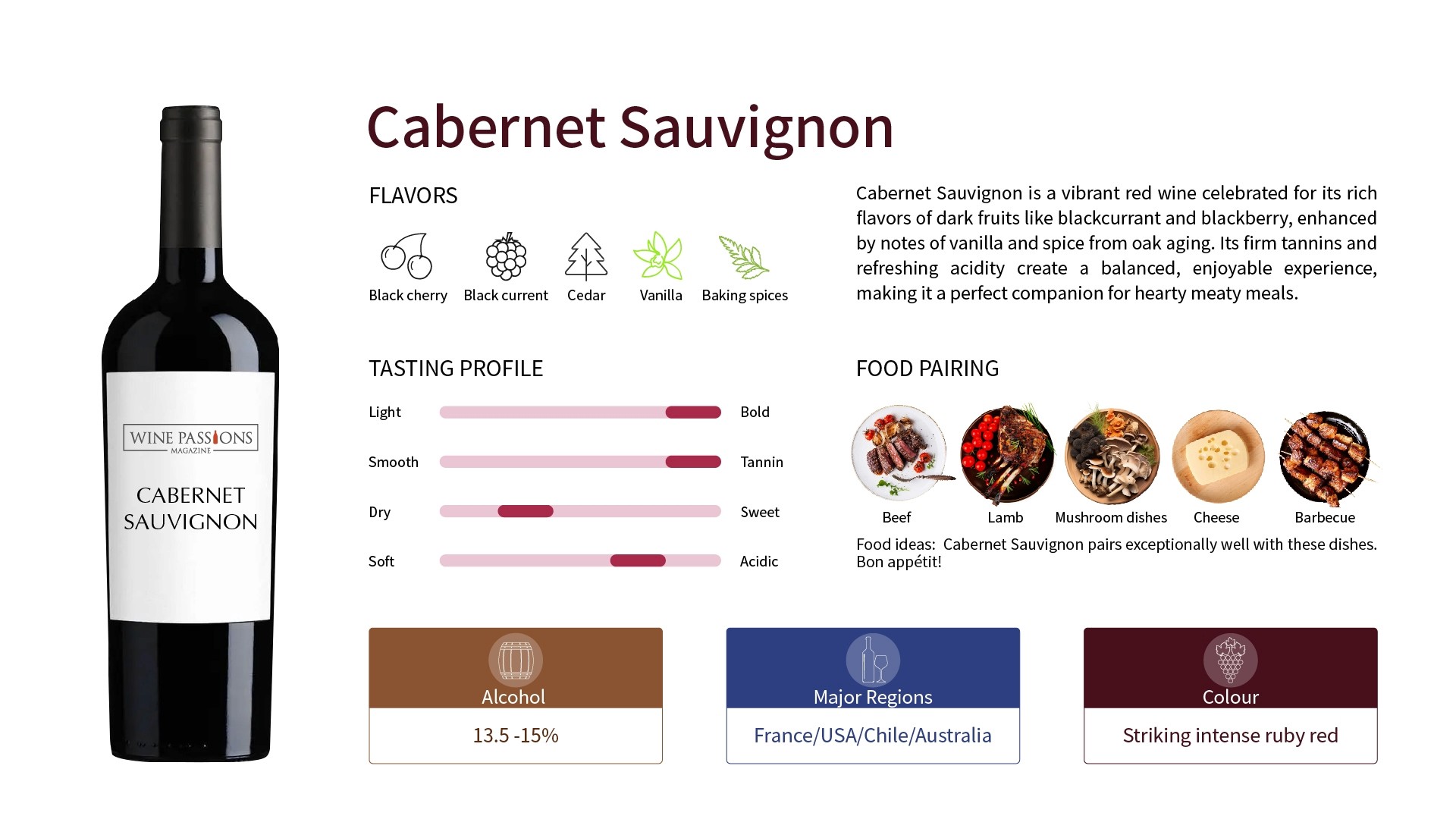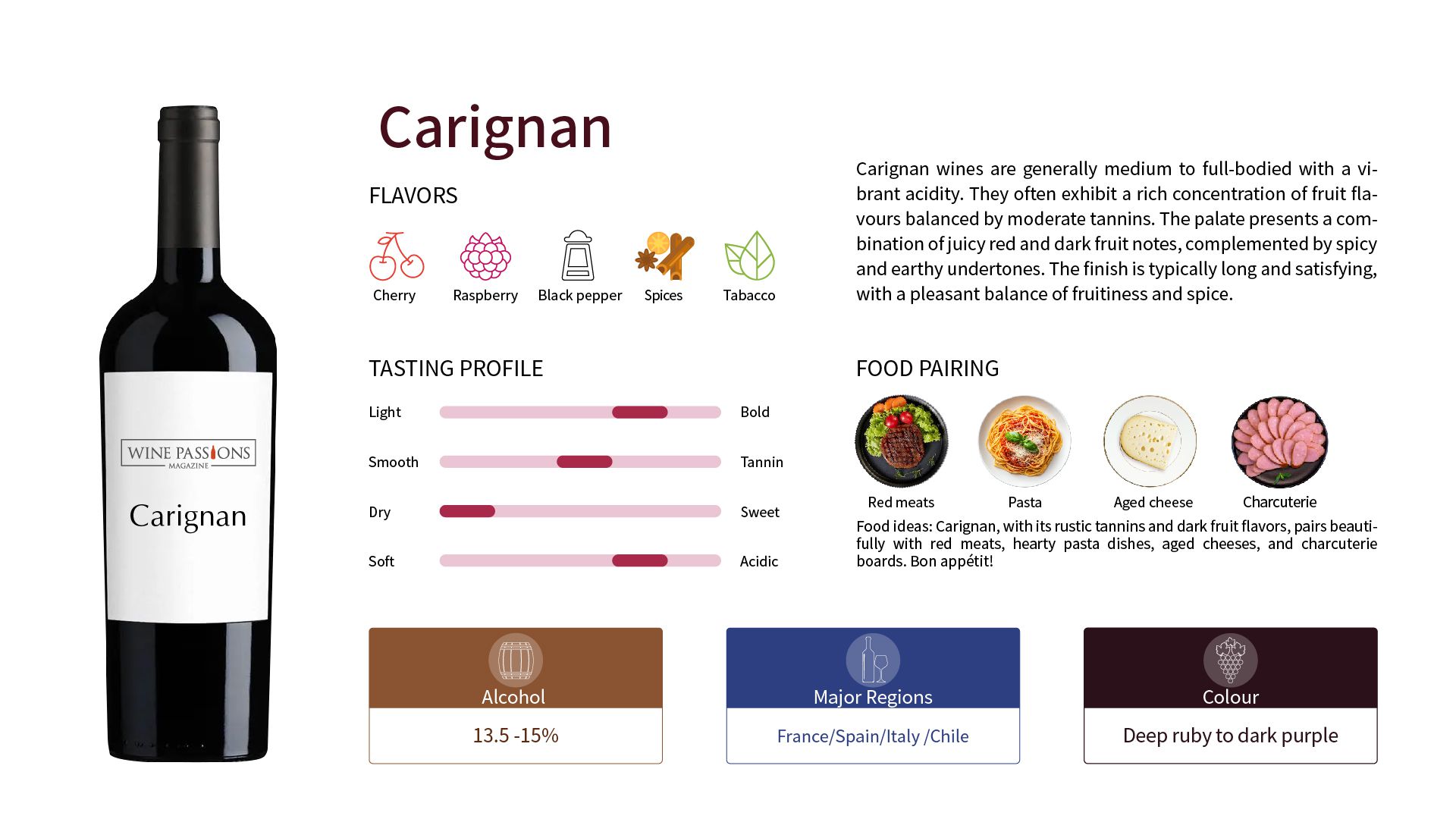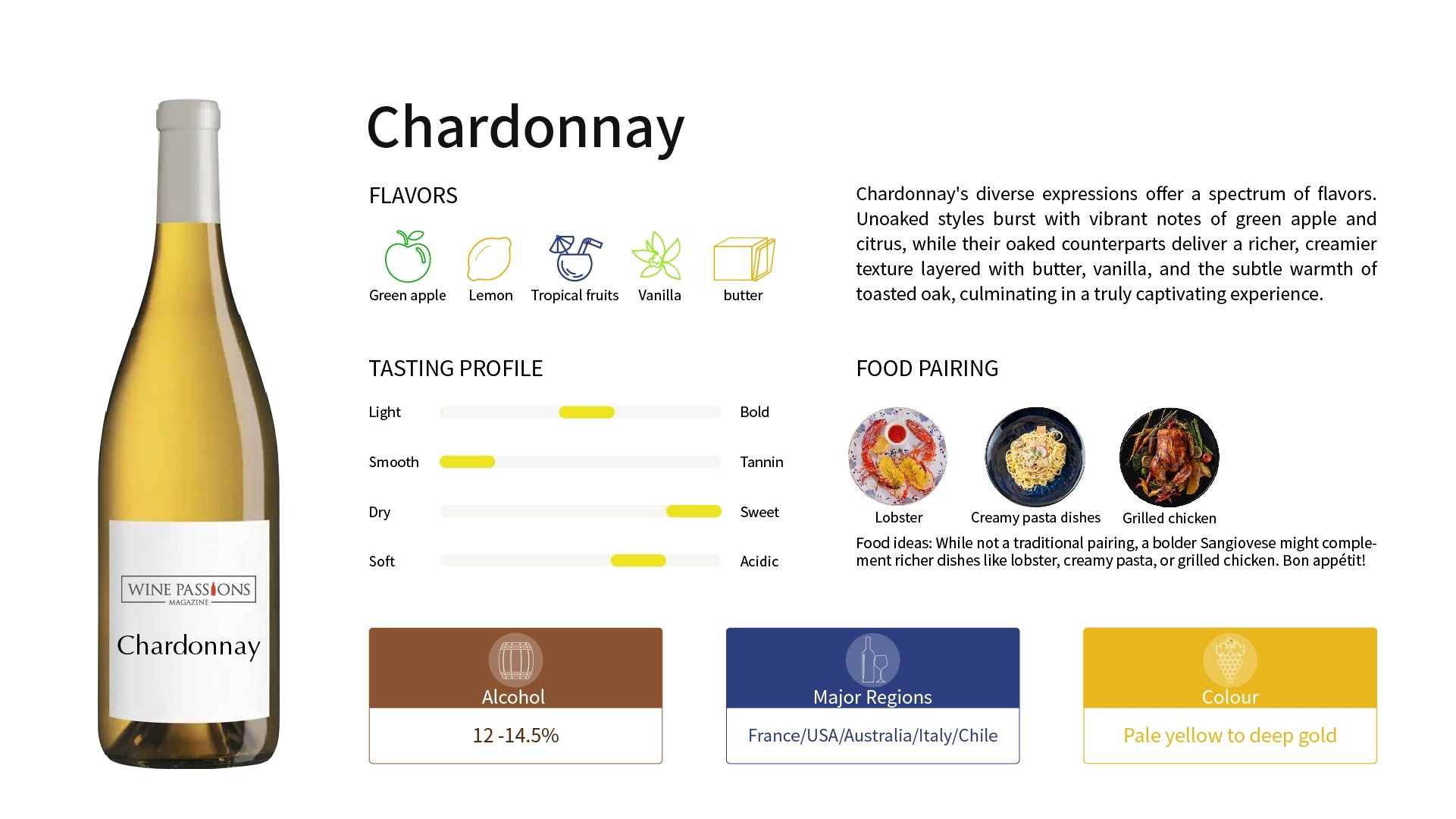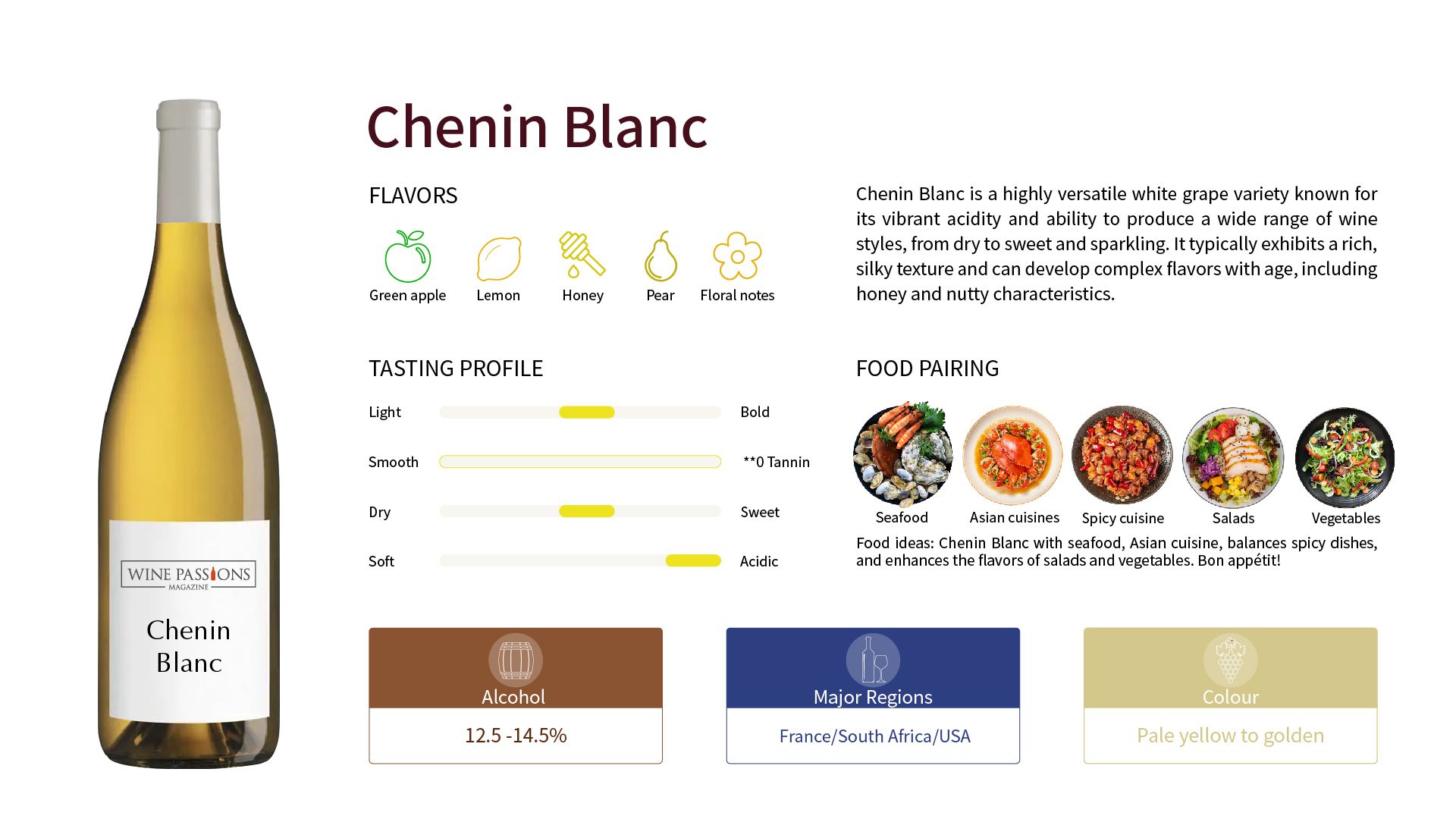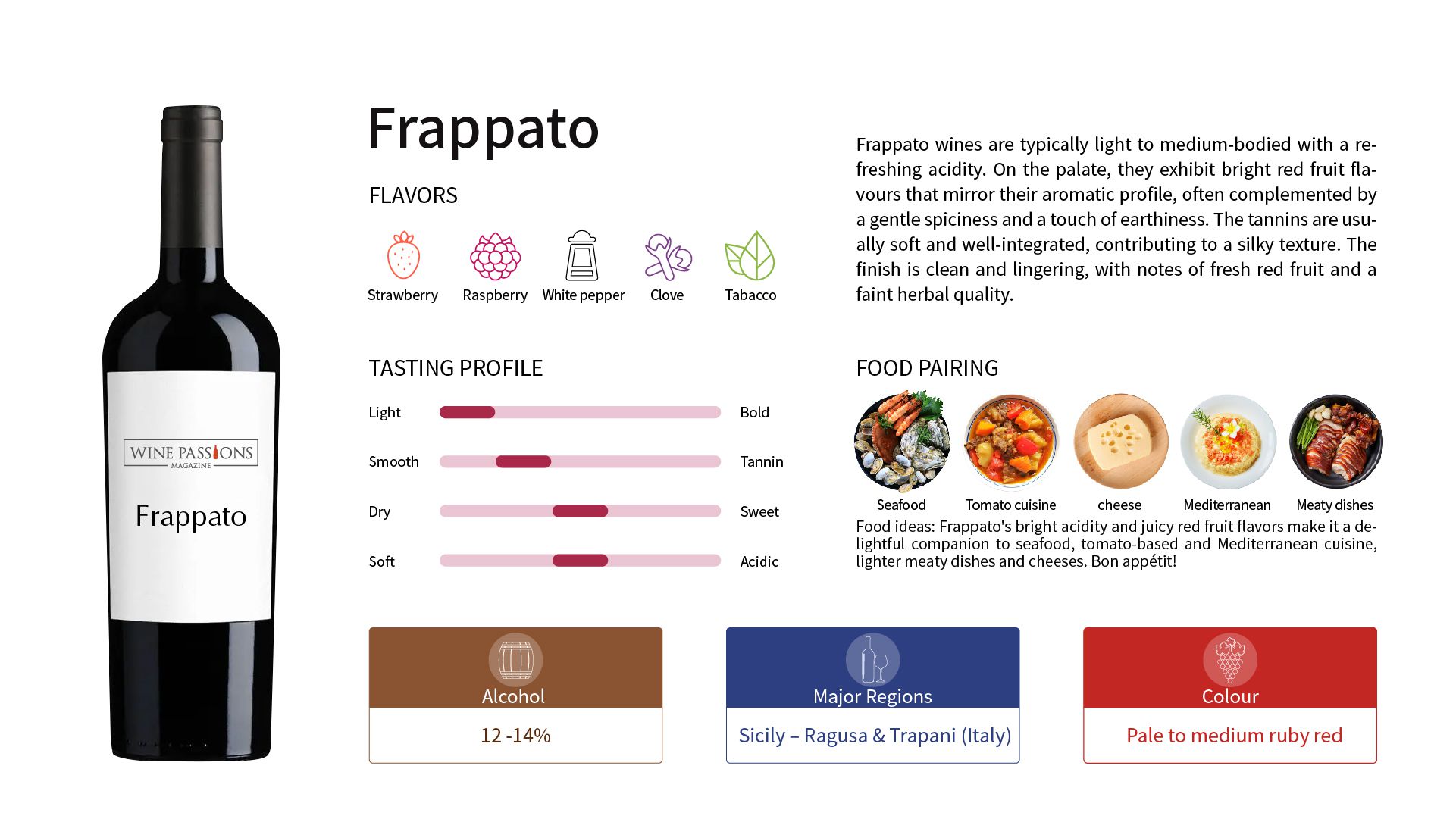Cabernet Franc
Background and Origin
The origin of Viognier can be traced back over 2000 years, originating from France's Northern Rhône Valley, particularly in the famous regions of Condrieu and Côte-Rôtie. This grape variety was initially thought to have been introduced to the region by the Romans, who recognized Viognier's potential in producing aromatic and richly expressive white wines.
In the Condrieu region, the cultivation of Viognier is primarily concentrated on steep slopes, where the microclimate and soil conditions are very suitable for the growth of this variety. The Viognier wines from Condrieu are known for their intense aromas and flavors, often exhibiting notes of peach, apricot, and honeysuckle, and they have good aging potential.
Over time, the cultivation of Viognier has gradually expanded to other countries, such as California in the United States, Australia, and South Africa. In California, Viognier regained prominence in the late 20th century and quickly became a popular variety. The Viognier from these regions often displays more fruit-forward and ripe characteristics and frequently uses oak aging to add complexity.
Additionally, Viognier has other names in different regions, such as Bergeron in the Savoie region, and in some historical texts, it was referred to as Picotin Blanc. These names reflect the long history of Viognier and its influence in the global wine market. Today, Viognier is not only an important variety in France's Northern Rhône Valley but is also a highly regarded choice in major wine regions around the world.
Reasons for the Popularity of Viognier
Unique Aromatic Qualities: Known for its rich aromas, including peach, apricot, honeysuckle, and rose. Its distinctive fragrance sets it apart in the world of white wines, attracting many drinkers who appreciate aromatic wines. This floral and fruity scent is not only pleasant but can also evoke associations with spring and nature, enhancing its appeal.
Diverse Winemaking Styles: Exhibits different flavor profiles based on winemaking techniques. Whether aged in oak or fermented in stainless steel, each method can produce unique flavors suited for various occasions and pairings. New oak aging imparts flavors of cream, vanilla, and spice, while versions that are not aged in oak emphasize floral and tropical fruit characteristics.
Flexible Food Pairing: With its moderate acidity and round mouthfeel, Viognier pairs well with a variety of foods, including seafood, white meats, and Asian cuisine, making it an ideal choice at the dining table. This wine enhances the flavors of dishes and adds layers to the dining experience.
Global Cultivation and Recognition: The cultivation of Viognier has increased globally, including in regions such as California in the United States, Australia, and South Africa, where this grape variety has gradually gained widespread recognition. This makes it easier for consumers to find high-quality Viognier wines, further enhancing its popularity.
Flavor Characteristics of Viognier
Fruit Aromas: Viognier usually exhibits rich fruity aromas, such as peach, apricot, lemon, and orange peel, which give the wine vitality.
Floral Aromas: This wine often has prominent floral notes, such as honeysuckle and lavender, adding elegance to the wine.
Texture: Viognier typically has a smooth and full palate, with good structure and balance. While it may smell sweet, most Viognier wines are actually dry.
Oak Flavors: If aged in oak, Viognier will display notes of vanilla, cream, and slight smokiness, making the overall flavor more complex.
Main Regions for Viognier
Northern Rhône Valley, France: Especially the Condrieu region, known for producing high-quality single-varietal Viognier.
California, United States: Such as Paso Robles and the Central Coast, where many premium Viognier wines are produced.
South Australia: Including Barossa Valley and Adelaide Hills, these areas are also becoming known for quality Viognier production.
South Africa: In places like Stellenbosch and Franschhoek, high-quality Viognier wines are also beginning to be produced.
Famous Viognier Wines
Domaine Georges Vernay Condrieu: From the Condrieu region of France, known for its rich fruit aromas and elegant structure.
Pine Ridge Vineyards Viognier: From California, USA, praised for its fresh fruit flavors and good acidity.
Yalumba The Virgilius Viognier: A well-known Australian brand, famous for its complexity and depth.
Tasting Handling
Tasting Temperature: Recommended at 7-13°C
Tasting Glass: White wine glass
Decanting Time: Generally, it does not need to be decanted, but for older vintages or complex styles, a slight decanting of about 30 minutes can be beneficial.
Aging Potential: 1-5 years
Food Pairing
Viognier pairs well with a variety of foods, including:
Seafood dishes, such as grilled scallops or steamed fish
White meats, such as chicken or turkey
Asian cuisine, such as Thai curry or Chinese steamed fish
Cheese platters, such as Brie or goat cheese
Desserts, such as fruit tarts or almond cookies


